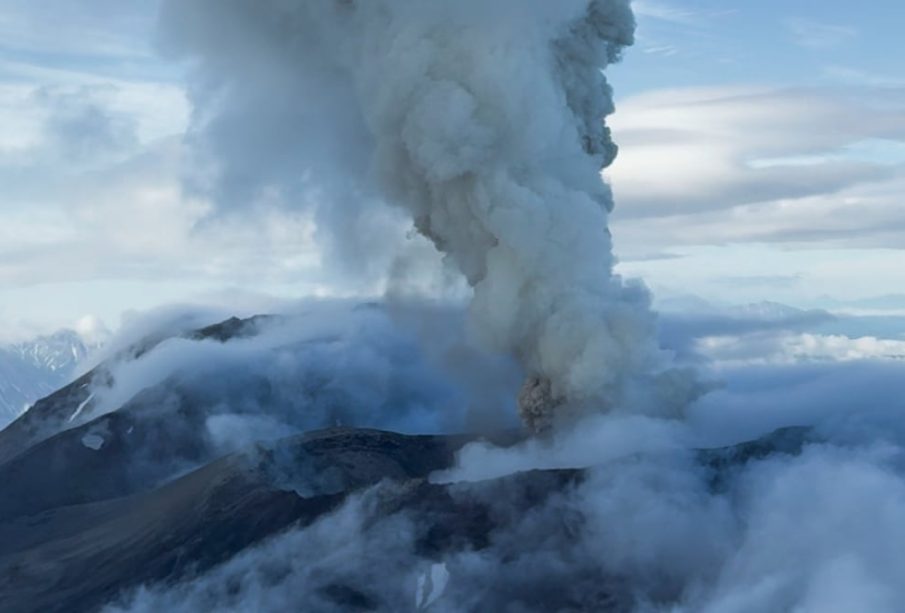Understanding the Recent Russian Volcano Eruption

Introduction
The recent eruption of a volcano in Russia has captured global attention due to its potential impact on local communities and the environment. Volcanoes are powerful forces of nature that can cause significant changes in geography, affect air travel, and pose risks to nearby populations. Understanding the phenomena surrounding eruptions, especially in regions prone to volcanic activity, is crucial for disaster preparedness and response.
The Eruption Details
On October 10, 2023, Shiveluch, one of the most active volcanoes in Russia’s Kamchatka Peninsula, erupted, sending ash clouds approximately 10 kilometers into the atmosphere. The eruption began with a series of explosions followed by continuous lava flows, leading to concerns over air quality and volcanic ash fallout in nearby areas.
Local officials have reported that the town of Klyuchi, located about 50 kilometers away, has experienced significant ash accumulation, prompting the evacuation of certain populations and school closures. The ash cloud has caused disruptions to aviation, with multiple flights being cancelled or rerouted. Experts argue that the eruption could lead to additional eruptions in the future, given the current geological activity.
Scientific Significance
The Kamchatka Peninsula is home to over 30 active volcanoes, making it a critical area for volcanology research. The eruption of Shiveluch provides scientists with an opportunity to study the behavior and patterns of volcanic activity in real-time, which is essential for understanding volcanic risks and behaviors worldwide. Monitoring these eruptions helps forecast future activity and mitigate the risks associated with living near volcanoes.
Conclusion
This eruption serves as a reminder of the inherent risks associated with living in volcanically active regions. Residents and authorities are urged to stay informed and prepared as scientists continue to monitor the situation at Shiveluch and other nearby volcanoes. As our understanding of volcanic activity evolves, integrating scientific data into emergency planning becomes increasingly vital. The recent events also highlight the importance of international collaboration in geological research which helps enhance global preparedness for natural disasters.









